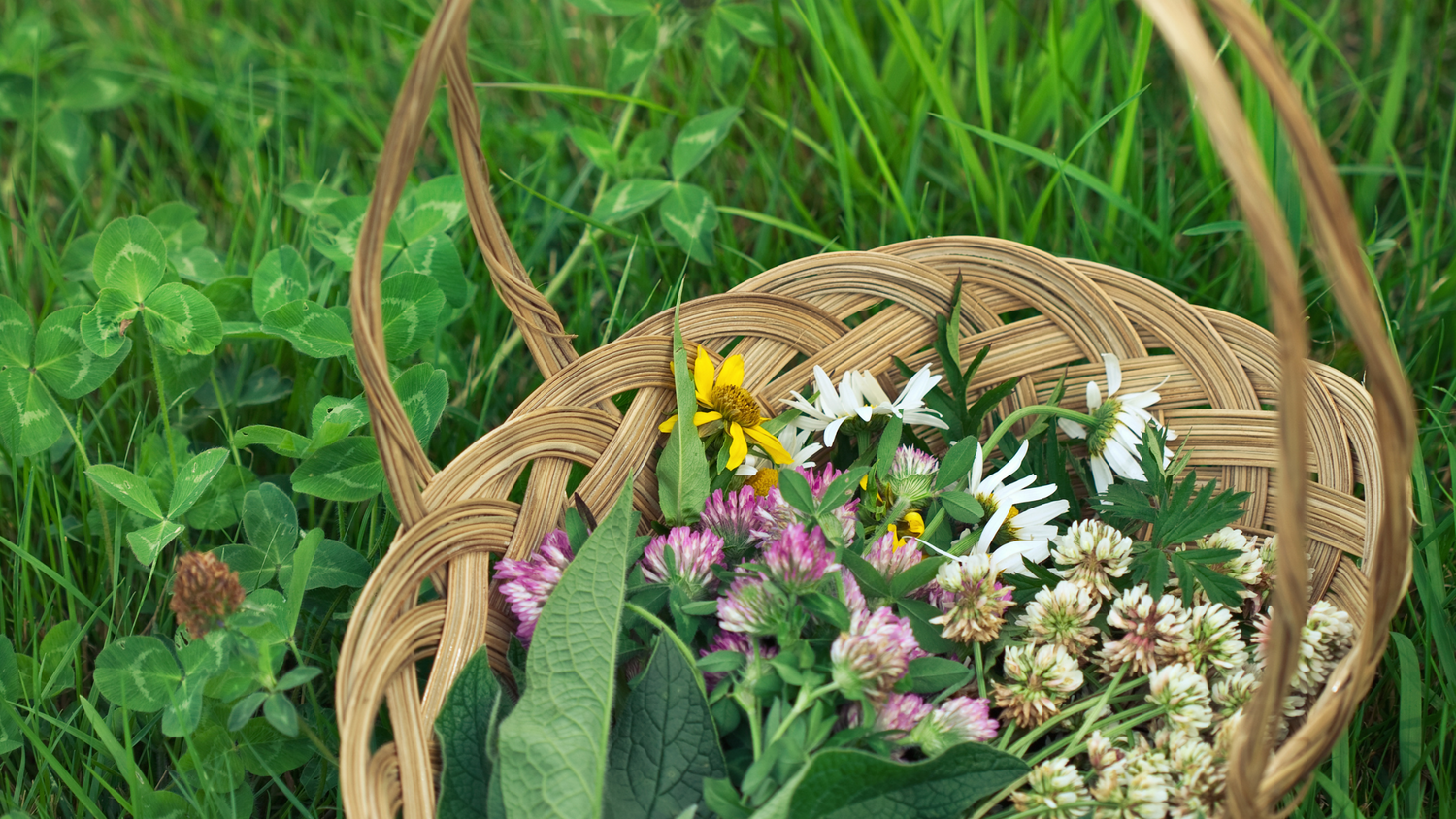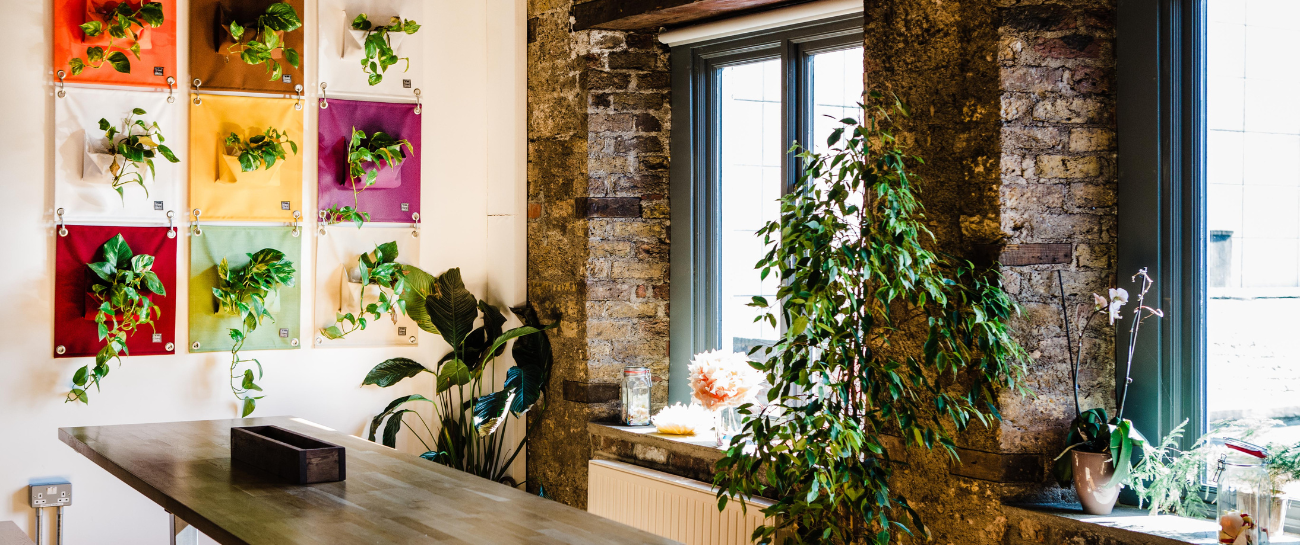Plant friends, we need to talk.
Whether you’re a seasoned green thumb or just starting on the indoor greenery trend, it seems there are a few misconceptions about plant care.
When it comes to indoor plants, there's a lot of advice out there, but not all of it will keep your plants healthy or alive. And, with so much conflicting information, it can make caring for your indoor unnecessarily difficult, particularly for those new to plant parenthood.
The good news is that we are here to get the facts straight and debunk 5 of the most common plant myths we come across daily.

🔎 Myth #1: Bigger Pots= Bigger Growth
Choosing the right pot for the right plant is very important.
The planter you choose will affect how quickly the soil dries out, how well a plant grows, and how healthy the roots are.
However, one of the biggest misconceptions we come across is the idea that repotting to a larger container will speed up your plant’s growth.
Indoor plants do best when their pot is balanced in size with the plant’s size and roots.
When you re-pot into a much larger container, the roots are surrounded by soil and can’t pull the water from it fast enough, leaving it wet too long and drowning the roots. To avoid this, size up just a couple of inches at a time.
If you’re interested to learn more, we have a complete guide on how to repot your houseplants here.

🔎 Myth #2:You need a green thumb to own plants
This is hands-down one of our least favourite myths as it can hold many people back from living their indoor plant jungle dreams.
The reality is that keeping plants alive has nothing to do with green or black thumbs.
It is just a matter of knowing some basic information on how to care for your plants.
That being said, many plants are easier to care for than others, making them the perfect starting point for complete plant beginners.
We usually recommend the following easy-care beauties:
If you are a first-time plant parent, we’ve written a complete beginner’s guide to plant parenthood just for you. Check it out here.

🔎 Myth #3: Yellow leaves indicate overwatering
If you notice your plant’s leaves turning yellow, get ready to play plant therapist and check for signs of stress.
While yellowing leaves is a common sign of overwatering, there are many other reasons why this could be happening, and it’s important to cover all of your bases.
If you are concerned about overwatering, you can check the moisture level of your plant by pressing a finger about an inch into the plant’s soil (don’t just test the soil’s surface as this tends to dry out the fastest. Remember that every plant is different; some prefer damper soil, and others can thrive in dry conditions. Treat each plant individually.
Another likely reason your plant’s leaves are turning yellow is that they’re starved for sunshine. If your apartment doesn’t get a lot of natural light, it may be time to book your plant’s next sun-bathing session. If your plant is located in a shady corner, consider relocating it permanently to a sunny spot or let it soak up the sun near a window for a couple of hours. If the weather has changed suddenly, make sure that your plant is not in a draft, near a heater, or reacting to an unexpected environmental change. Check that your pot has adequate drainage and that the plant isn't root-bound.

🔎 Myth #4: Indoor plants can thrive in any environment
Just like humans, every plant is unique.
Plant care is not entirely universal and needs to be tailored to each plant variety.
Some plants enjoy warm environments with high humidity, while others are happiest in a moderately lit, cooler corner.
To match your indoor plant with a suitable space in your home, several factors need to be considered 👇
- How much light does your space get throughout the day? Is it direct or indirect? Natural or artificial?
- What is the average room temperature? Does this stay consistent or fluctuate throughout the day?
- How humid is the space?
- Is your space draughty?
Heat and light conditions are vital components when it comes to choosing the right plant for your space. In a south-facing patio window, plants will receive lots of light; however, less light will be received in a west-facing bathroom window but more humidity. With this in mind, it’s important to do a little research and choose a plant that suits your environment best.
💡 Top Tip: If you know where the plant comes from in its natural environment and find the position in your home that mimics its natural conditions... you’re onto a winner! This reduces the maintenance and worries on whether you are providing the proper care.
Some examples include:
- For spaces with lots of light, consider a Ficus
- An Air plant is an excellent choice for a bright bathroom window
- Spider Plants or Devil’s Ivy thrive well on shelves or bookcase as they require less light and can withstand irregular watering
If you’ve just purchased a new indoor plant and you’re not sure where best to keep it, we have written a complete guide on choosing the right plant for each room of your home here.

🔎 Myth #5: Succulents are impossible to kill
We wish this were true, but sadly, there are no indestructible plants (except the fake kind!)
Succulents are living, breathing plants that require a certain level of love and TLC to thrive indoors.
One of the biggest succulent misconceptions is that they require little to no water.
Many people know that succulents do well in semi-arid and arid areas, but this does not mean that they do not need water.
Like other plants, succulents appreciate a thorough soaking when their soil has completely dried out. Water your succulents until the excess runs out of the drainage hole in the pot. How often you water them will depend on the type and size of the pot, the time of year, how much light they’re getting, etc.
If you enjoyed this blog, why not check out some of our similar posts:
- Herbs at Home: 5 Common Herbs and Our Tips for Growing Them at Home
- 7 Lessons Plants Have Taught us About Self-Care
- 5 Common Indoor Plant Problems and How to Fix Them
Wait! Before you go- join the plant party over on social!
@plantstoreireland





